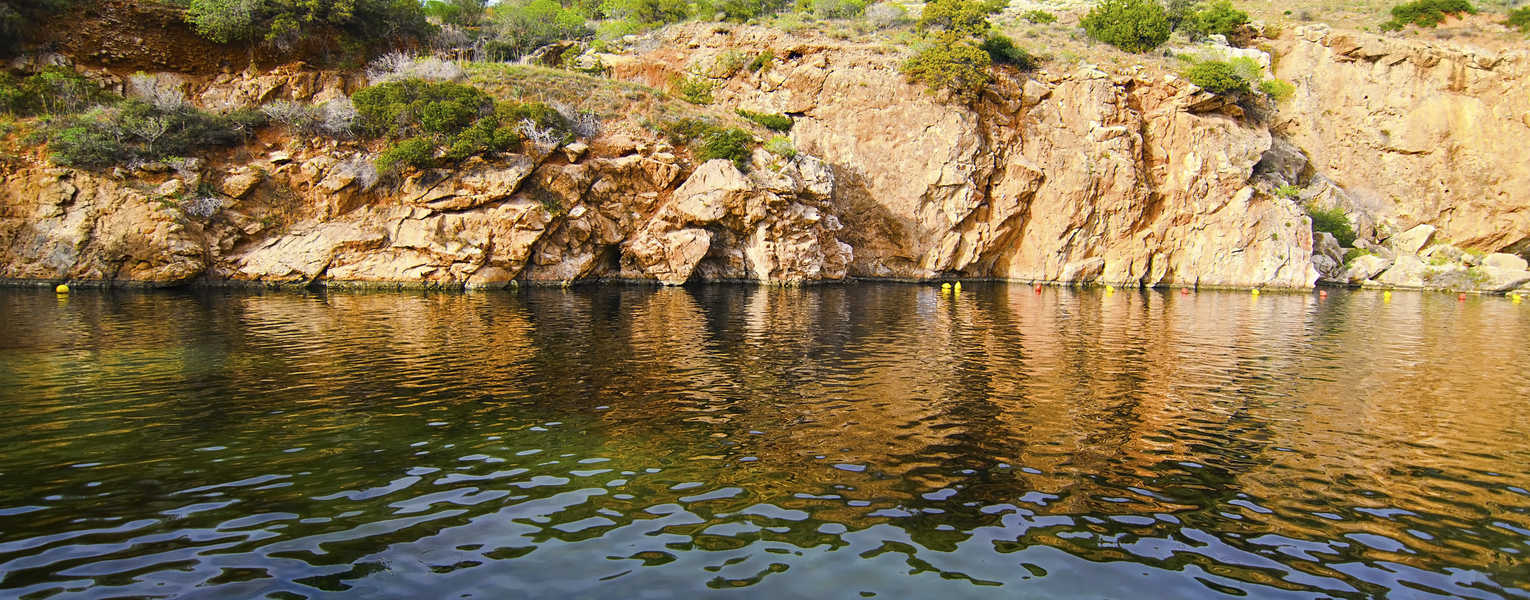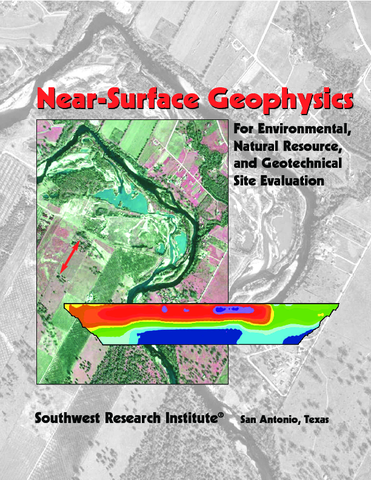Geophysical survey techniques provide data at a variety of scales, from the regional geologic setting to the site-specific level, and can be applied to a range of geotechnical engineering, natural resource, and environmental site characterization needs.
Southwest Research Institute (SwRI) provides a broad range of geophysical expertise and services to our clients, who seek our noninvasive, surface-based geophysical capabilities for delineating the subsurface distribution of geologic material such as construction aggregate, buried infrastructure, water resources, and contaminated zones, as well as for geolocating potential natural hazards such as faults and karstic features.
Geophysical Survey Techniques
Scientists and engineers with applied experience in geophysics, geology, environmental science, and geolocation have developed cost-effective methods for comprehensive subsurface mapping using the following geophysical techniques:
- Electrical resistivity sounding and profiling (1D through 3D)
- Frequency-domain electromagnetics (e.g., ground conductivity)
- Time-domain electromagnetics
- Ground-penetrating radar
- Magnetics
- Gravity
Using state-of-the-art geophysical and geolocation instrumentation, geographic information systems (GIS) and remote-sensing software, and data processing methods (including joint inversions), SwRI staff members can rapidly and accurately locate, map, and interpret subsurface features and anomalies.


